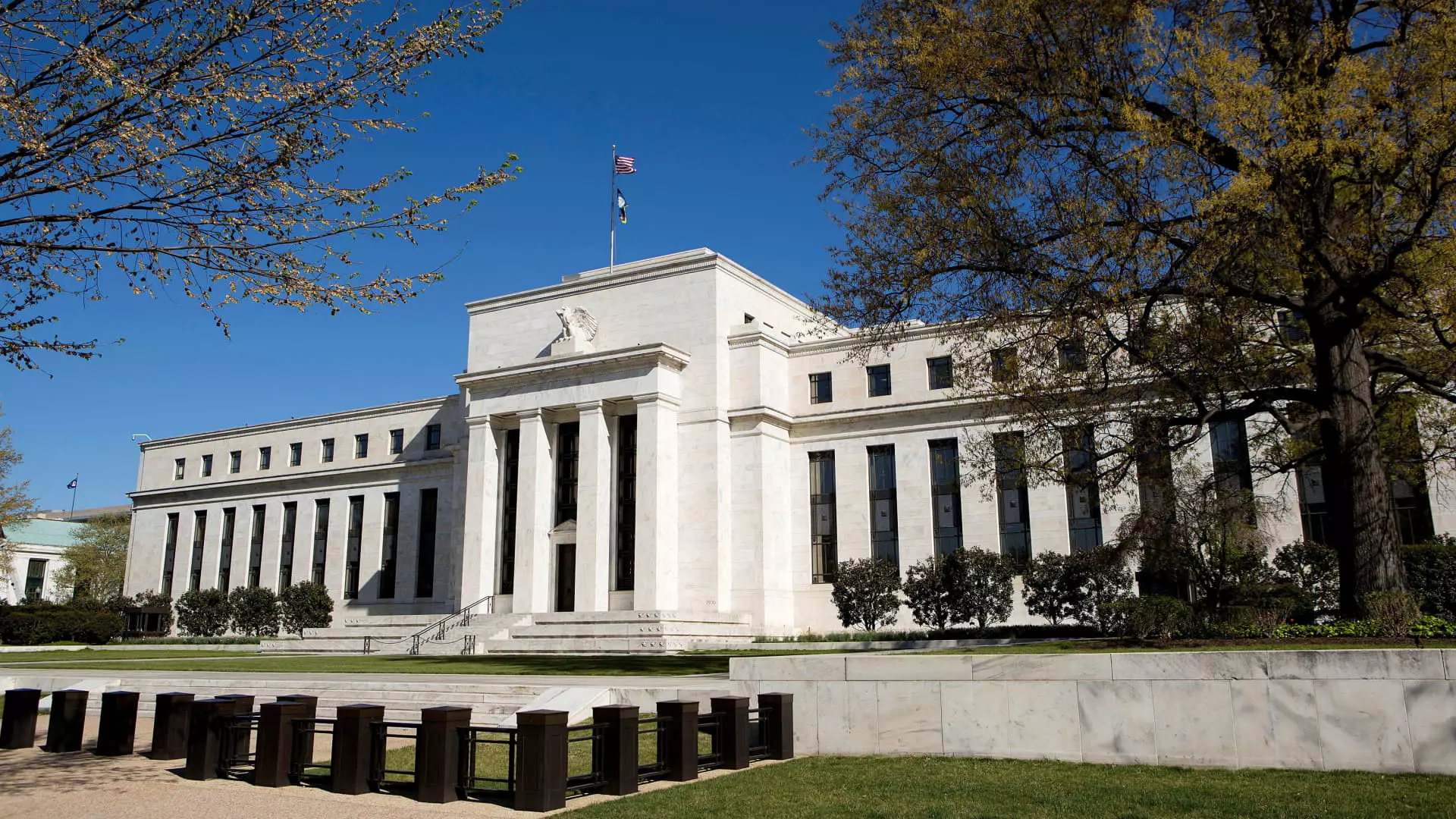In the aftermath of the 2024 election, where Donald Trump was elected President, the Federal Reserve took a decisive step to lower its benchmark interest rate by a quarter percentage point. This move was not merely a reaction to the shifting political landscape but rather reflected the ongoing economic turmoil that many Americans have faced. As inflation rates soared, families across the country found themselves grappling with rising prices that strained their budgets and led to increased financial anxiety.
The specter of high inflation loomed large before the elections, casting a pall over consumer sentiment. However, recent reports indicated a gradual decline in inflation, with figures showing a drop toward the Federal Reserve’s target of 2%. This development, coupled with the political changes, set the stage for the Fed’s decision to reduce rates for the second time this fall, following an earlier cut in September. With inflation on a downward trend, the central bank was able to strike a balance between fostering economic growth and maintaining price stability.
The Federal Reserve’s actions directly influence a variety of consumer borrowing costs, particularly lending rates for credit cards, mortgages, and auto loans. The immediate effect of the rate cut may not be instantly visible to consumers, as many are still burdened by the fallout of elevated rates that had prevailed since 2022. The cyclical nature of rate adjustments means that while decreases in the Fed’s rate can lead to lower interest rates on new credit, most existing credit card rates—often variable—rise and fall in tandem with the Fed.
Prior to the cuts, the average credit card interest rate had surged to over 20%, a staggering increase from around 16.34% just last year. Financial analysts, like Matt Schulz of LendingTree, caution that even though rates may start to inch down as a consequence of the Fed’s rate cuts, consumers should not expect substantial reductions immediately. This underscores a crucial piece of advice for those dealing with credit card debt: proactive financial management, including seeking better rates and exploring lower-interest balance transfer options, remains essential.
In the automotive sector, where rates on new car loans have remained high, the Fed’s actions could alleviate some pressure. As vehicle prices remained elevated, the average interest rate on a five-year new car loan had climbed to around 7%. The Fed’s policy shift may help bring costs down slightly, offering consumers some relief from consistently high prices tied to both increased borrowing costs and vehicle inflation.
The situation in the housing market, however, is more complicated. Rising mortgage rates—necessitated by prior Federal rate increases—have pushed homeownership out of reach for many prospective buyers. Despite Trump’s campaign promises of making mortgages more affordable, the reality is that the housing market’s intricacies mean rate cuts will not lead to immediate fixes. Current assessments suggest mortgage rates can hover near 6.81%, with any rate cuts from the Fed unlikely to cause significant downward shifts in the short term. Economic uncertainty continues to drive caution among investors, which in turn affects mortgage rates tied to Treasury yield fluctuations.
For student loan holders, the landscape remains challenging. Most federal student loan rates are fixed, rendering them less susceptible to immediate reductions from the Federal Reserve’s actions. Private loans, however, may experience adjustments based on variable rates that are responsive to market changes. Experts suggest that while a rate cut may only translate to minimal savings for borrowers with variable-rate student loans—perhaps only $1 to $1.25 less per $10,000 of debt—options to refinance into fixed-rate loans remain available, albeit with caution over forgoing the protections that federal loans provide.
Amidst turbulent borrowing conditions, one silver lining for savers is the correlation between Fed rates and deposit interest rates. The yield on savings accounts and certificates of deposit (CDs) had increased significantly, yielding some of the highest returns seen in nearly two decades. While the Fed’s rate cuts may lead to a gradual decrease in yields, top-performing online savings accounts previously offered rates above 5%.
While the Federal Reserve’s decision to cut rates can provide potential benefits for consumers, the broader economic picture is complex. While some relief may emerge for those managing credit debt or seeking auto loans, substantial shifts in financial conditions depend on continued moderation in inflation and sustained economic growth. Understanding these dynamics will help individuals make informed financial decisions moving forward, navigating the landscape in a post-election America.

